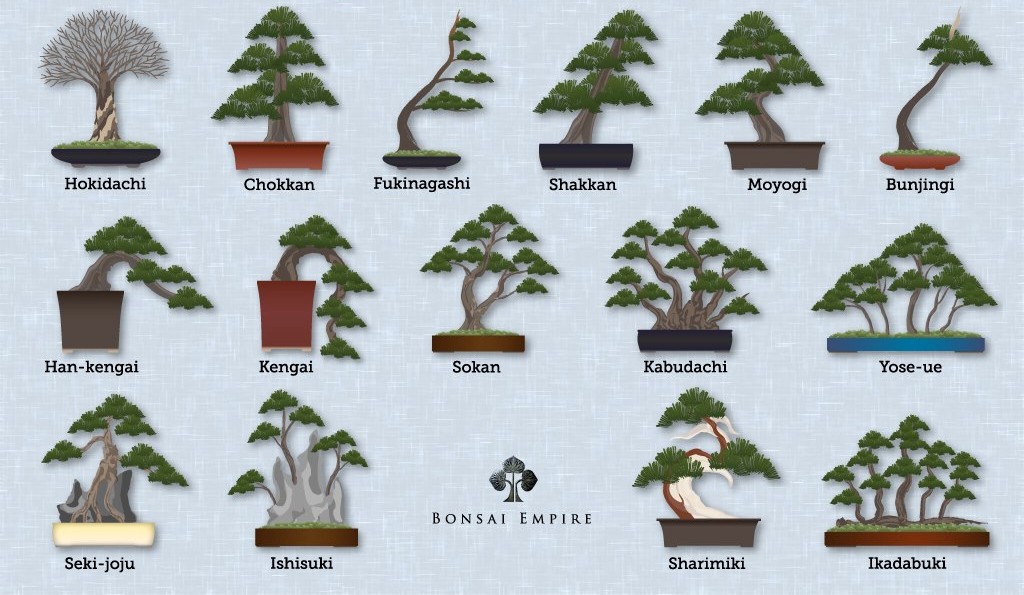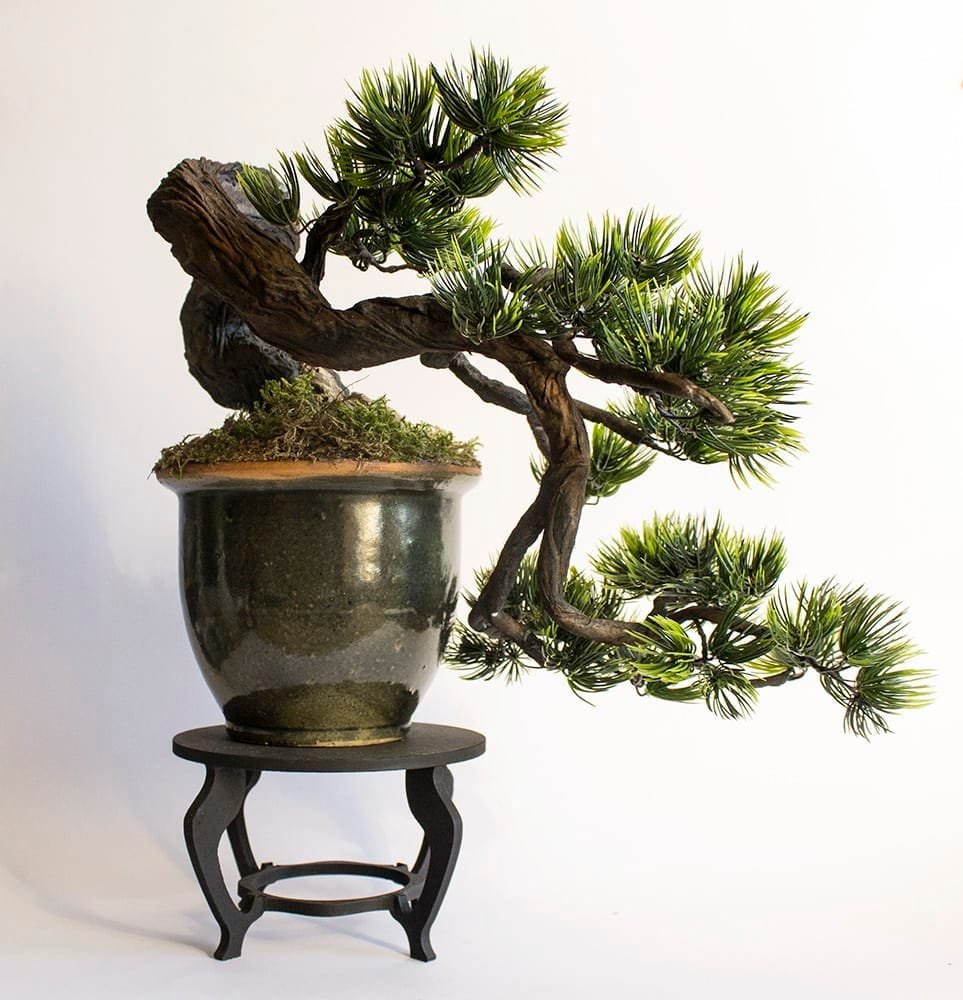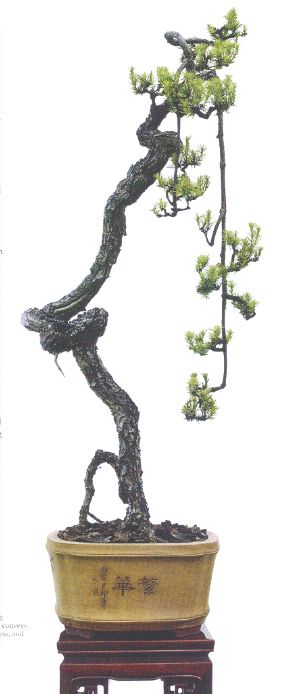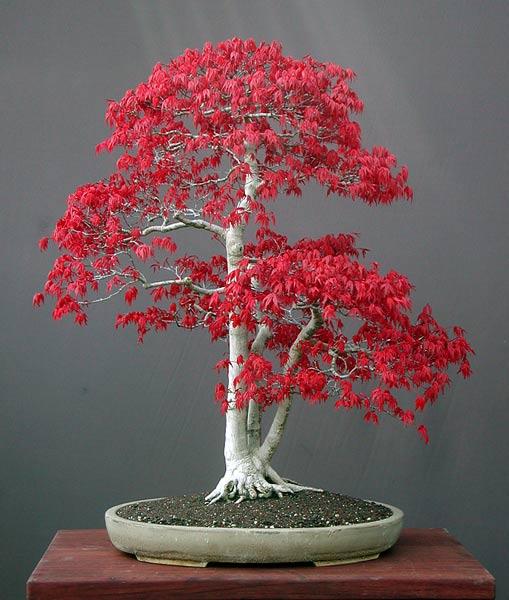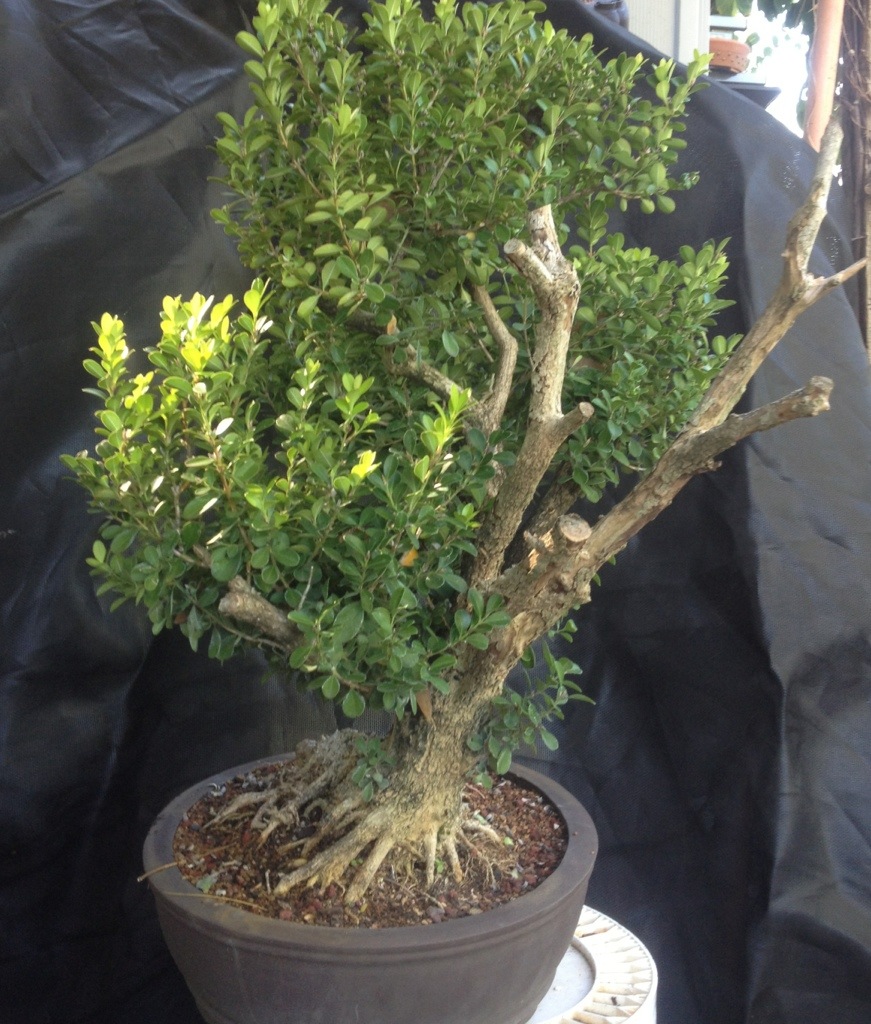Bonsai Styles For Beginners
Slanting bonsai style shakan as a result of the wind blowing in one dominant direction or when a tree grows in the shadow and must bend toward the sun the tree will lean in one direction.
Bonsai styles for beginners. The formal upright style has classic proportions and is the basis of all bonsai. The roots are well developed on one side to keep the tree standing. Due to the gorgeous blooms they produce azalea bonsai are among the sought after bonsai trees by most beginners. Formal upright style chokkan.
And these qualities make them ideal as an indoor bonsai tree. Informal upright style moyogi style. Wisteria also makes an incredible bonsai and miniature fruit trees are also a sight to behold. Includes upright slanted windswept cascading multi trunk forest and more.
You do not want to fight constantly against his original shape and change it drastically especially if you re a beginner. Surely we can train our bonsai plants to this style. This style is a close cousin of formal upright style bonsai but with a little. In the end it all boils down to personal choice and also how much time you are willing to dedicate to your bonsai and also the maintenance factor.
These do not rely entirely on the specie of the miniature tree although you may have some considerations. Bonsai is a japanese word which means planted in a container. In nature trees tend to grow sideways in a slanting style due to certain factors like heavy wind snow fall etc. A deciduous species is groomed to form a crown of radial branches that show a great deal of ramification branching twigs thereby creating a beautiful reflection of an old tree.
There are also many bonsai styles. Broom style bonsai resemble the old trees found along city streets or in orchards. You have most likely seen this type of bonsai tree as it is the most common one typically. It s perfect for beginners it is suitable for most species of trees especially deciduous and flowering trees like elms prunus quince and maples.
What is a bonsai. It is the easiest for a beginner to develop because it requires the least experimentation avoids the problem of selective pruning and should almost immediately become a displayable bonsai. Formal upright chokkan style the formal upright style has classic proportions and is the basis of all bonsai. 12 types of bonsai trees illustrated via 54 pictures organized by style shape.
The jade tree bougainville etc are suitable for the slanting style. Slanting style shakan style. They provide large flowers all throughout the spring along with tiny leaves. Traditionally japanese maple and baobab trees have been popular choices.
